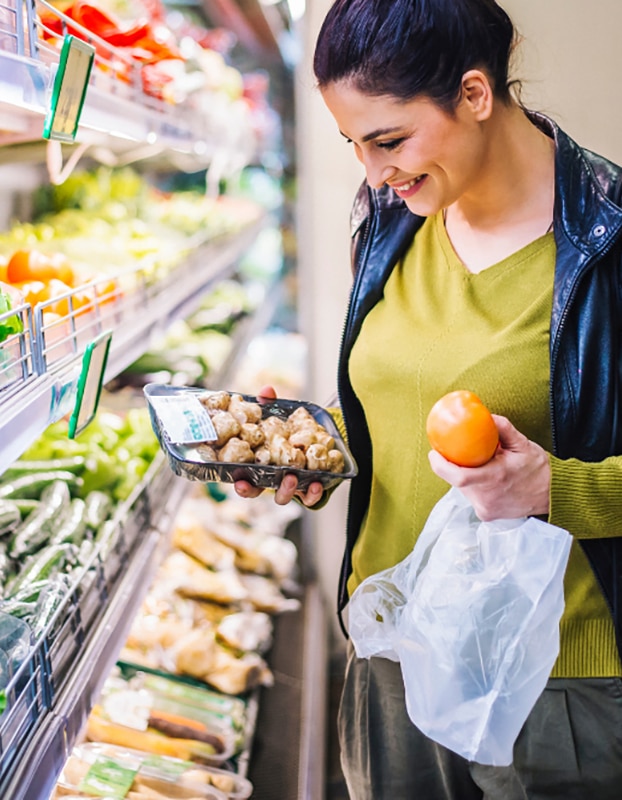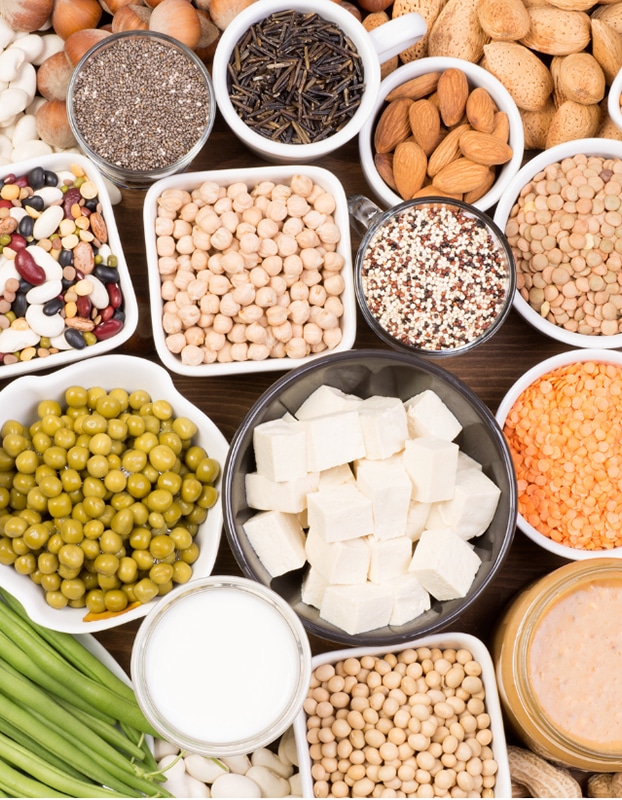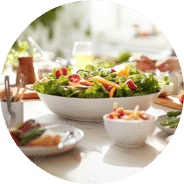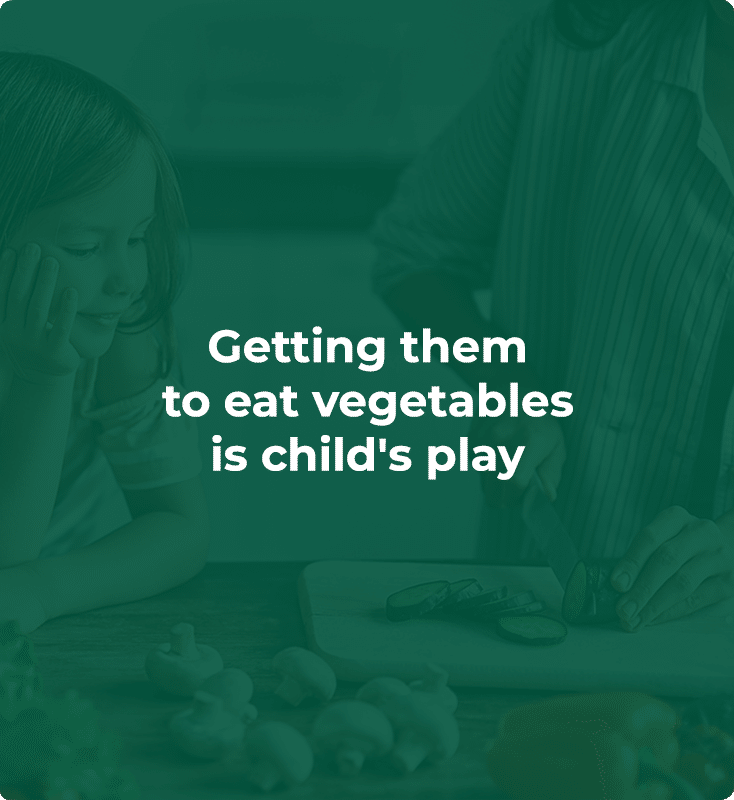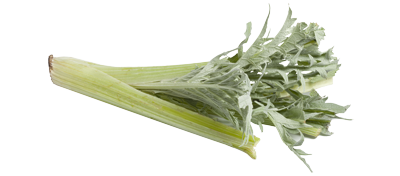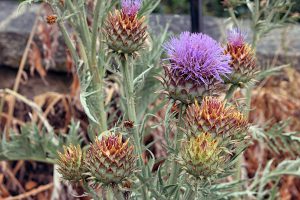Recipes we love
See all recipes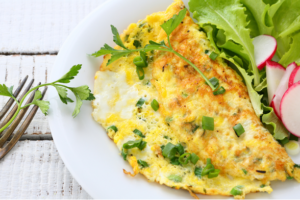
Omelette with cardoons
Plats Cardon Serves: 3 Difficulty: Easy Preparation time: 20 min Cooking time: 15 min 500 g cardoons...
Health
benefits
Cardoon is a source of:
- Fiber (digestion, satiety)
Cardoon also contains:
- Vitamin B6 or folic acid (cell renewal, very important for pregnant women for fetal development, children who are growing, and people who are convalescing)
- Potassium (nervous system, blood pressure, muscular function)
- Calcium (energy metabolism, muscular function, bones and teeth)
Nutritional
composition
When is the right
time to eat it?
In the summer and the start of autumn
Cardoon is in season from August to October.
Vegetable patch
or urban balcony?
Cardoon does well in humus-rich soil in sunny conditions.
To learn everything you need to know about growing cardoon, read the page on growing advice
Choosing and
storing
Choosing the best cardoon :
- Choose the thorniest cardoon and check that the tips aren’t hollow — both of these are signs of freshness.
Storing cardoon :
- Cardoon stays fresh for 2 to 3 days maximum stored in the vegetable drawer in the refrigerator.
- Wrap it in cloth or thick paper to keep the tips white.
- To store cardoon for longer before cooking, blanch for a few minutes and store for 2 to 3 days longer. As with any fresh produce, the sooner you cook cardoon, the more of its nutritional and organoleptic value will be conserved.
- Canned cardoon is tasty and practical. Canning it has several benefits: it is easy to keep, the organoleptic value is preserved for longer, and the cardoon can be consumed at any time of the year.
- Freezing does not suit cardoon.
Anti-waste tips
Don’t throw away the young shoots of cardoon, as they can be eaten like artichoke hearts. Store the cardoon correctly and top and tail it when cutting the stalks to minimize waste.
What is the environmental impact?
The Product Environmental Footprint (PEF), a score established by Agribalyse*, tells us more! It takes account of all the phases in a vegetable’s life cycle: how it’s grown, the impact of its transport, the impact of its processing, and so on. The lower the score, the lower the environmental impact.
- Cardoon, cooked: 0.17
- Steak, raw: 2.77
*Data taken from the Agribalyse database, which gives the environmental score of foodstuffs. This unique score is the average of 16 indicators, calculated using the European methodology PEF. It is not the same as an environmental label or “eco-score”.
CO2 Equivalent: for 100g of raw cardoon: 0.069 kg of CO2 eq, which is the same as 2 g of raw steak or driving 276 m by car
Tips and
tricks
How to prepare cardoon
String cardoons when you cut them — it’s easier than doing it afterwards and fewer nutrients are lost.
Sprinkle lemon juice on the ribs of the leaves so they don’t blacken after chopping.
Cardoon goes well with
Cardoon is famous in central Europe in regions near the Alps, where it is usually reserved for gourmet cuisine. It tastes bitter with a hint of sweetness. The ribs can be eaten boiled, fried in meat juices, or served au gratin with a white sauce.
It can also be eaten as part of a gratin, tagine, soup, or as a side dish with white meats. Cardoons with bone marrow are a Lyonnais specialty.
Young shoots are eaten like artichoke hearts in Mediterranean European countries.
Did you know? Cardoon sap is used to make the bitter Italian liqueur ‘Amaro’.
Can everyone
eat them?
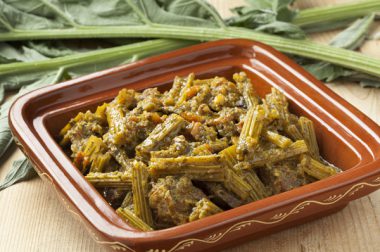
Young children
From the age of six months in small quantities, as the high fiber content could irritate your baby’s intestinal digestion.
No matter what age, familiarity is the key factor for liking the taste of foods, including vegetables. The more we are exposed to a type of food, the more we like it, even if it is only eaten in small quantities each time. A food has to be eaten at least eight times before you can decide whether you like it or not.
The Louis Bonduelle Foujndation has already supported a number of initiatives which aim to help children and young people to eat better, including the winners of the call for proposals for the Let’s Vegg’up project in June and September 2021. The mission of both winners is to develop culinary education for children and young people:
- La Tablée des Chefs in Quebec
- Summerlunch+ in Canada
And everyone else
Cardoon is good for young and old, because it is rich in fiber and contains vitamin B9, potassium and calcium. For regular bowel movements, you are recommended to eat fiber every day. If you’re not used to eating it every day, introduce it progressively, and don’t forget to drink enough water.
Where do they come from?
Origins and varieties
Origins
Cardoon was an important vegetable in ancient times — traces have been discovered from the fourth century BCE. The Greeks, Romans, and Persians adopted the vegetable and it became their vegetable of choice. The buds of the young plants were eaten, as they still are in these regions. It was grown intensively in Europe in the Middle Ages.
It is still popular in Italy, Spain, Argentina, Australia, and France, where it is grown, but it is not very well known in North America.
Cardoon is also popular in Libya, Morocco, and Croatia, where it is known as ‘chardonnette’ or ‘chardonnerette’.



 Purslane
Purslane  Artichoke
Artichoke  Vegetable garden: growing celeriac
Vegetable garden: growing celeriac 


